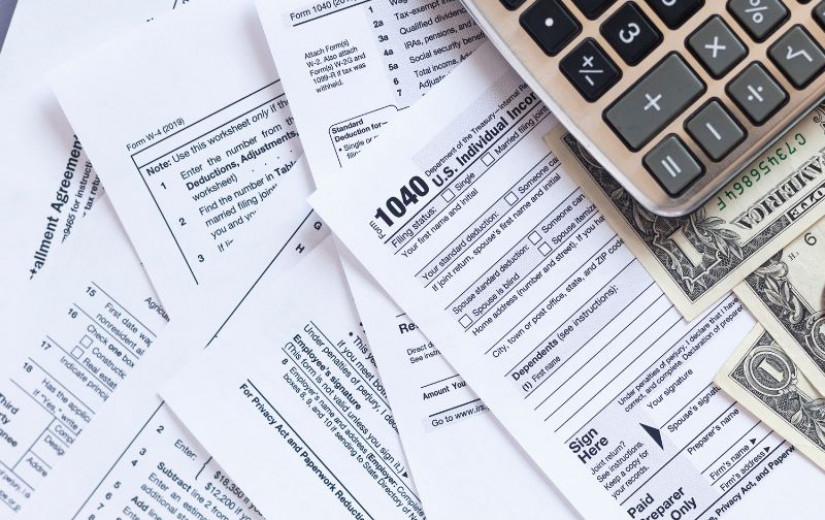
(TheDailyCurrents.com) – You might be wondering what the difference is between the SNAP and WIC programs. While the two federally-funded public health and nutrition programs provide food benefits to underprivileged individuals, these programs have different benefits, eligibility requirements, and application processes.
Read on to find out what SNAP and WIC food programs entail, the eligibility requirements, and how you can apply for food assistance.
What Is the Difference Between SNAP and WIC?
Supplemental Nutrition Assistance Program (SNAP) and the Women, Infants, and Children (WIC) nutrition program help individuals access healthy and quality food. However, these two programs are not exactly the same; each has its benefits.
SNAP (also known as food stamps) is the largest food assistance program across the United States, providing aid to millions of low-income individuals, families, and even seniors. On the other hand, the WIC food program focuses on specific food supplements for impoverished and malnourished individuals, particularly women, infants, and children.
Benefits of SNAP and WIC
The benefits of SNAP and WIC programs are different. The SNAP program provides a monthly dollar amount that you can use to purchase food for your household. SNAP benefits are:
- Supplied monthly and are given via an Electronic Benefits Transfer (EBT) card.
- The benefits are calculated based on the eligible household members for the particular household size.
WIC not only provides nutritious foods, but the program also offers breastfeeding support, nutrition education, and referrals. How WIC benefits work:
- WIC foods are chosen based on nutritional value as well as USDA standards.
- The WIC program provides specific types and amounts of WIC-approved foods. The foods are based on your particular category, including infant or child, breastfeeding, pregnant, or postpartum woman.
- WIC recipients receive a WIC card; all you have to do is swipe the card the same way you would with a credit or debit card. Unlike SNAP, WIC doesn’t provide a dollar amount to purchase food items.
Who Qualifies for SNAP and WIC? The Eligibility Requirements
To be eligible for SNAP benefits, you’ll need to apply in your current state – where you’re currently living. SNAP’s eligibility page indicates that you must also meet specific bank balance limits. If you have disabled or elderly members in your household, you might be allowed to have a higher balance limit because SNAP has special rules for such homes. That means that different households get different allotments depending on various factors, including household size.
For WIC eligibility requirements, you must meet various conditions, including:
- Categorical requirements: The program serves specific categories of infants, children, and women.
- Residential requirement: You must reside in the state from which you’re applying from.
- Income requirements: You must have an income at or below a certain income level, meet the specific standard set by a state agency, or be automatically income-eligible based on your participation in certain programs. You can also visit the current eligibility guidelines to learn more.
- Nutrition risk requirement: A health professional must determine whether you’re at nutrition risk. In most cases, this will be done at a WIC clinic for free.
How Do I Apply for SNAP and WIC Programs?
Before applying for SNAP and WIC programs, determine the department that administers the programs in your specific state – it can be the department of family services or social services.
Each state requires a different application process. Find the Food and Nutrition Service’s Office by searching on the SNAP state locator map and contacting your agency. You can submit your SNAP application online, by mail, or in person, per your state requirements.
For the WIC application, you can find your state website or contact from the WIC Directory for inquiries. You can complete the application online in some states, but most states might require setting up an appointment for your WIC application process.
So, does your family ever run out of food and lack money to buy more? Are you struggling to afford healthy foods? Does your household income fall below the federal poverty line? You might be eligible for government-based food assistance programs. Contact your local state agency and maximize your SNAP and WIC benefits.
Copyright 2022, TheDailyCurrents.com









